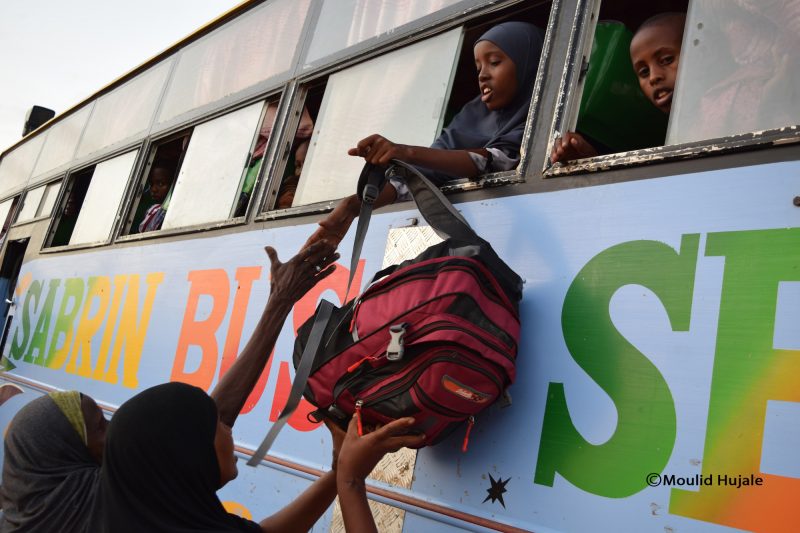In our final post on this series, we highlight some of the complexities related to displacement and return that our study, Return and (Re)Integration after Displacement, has demonstrated.
Somalia is experiencing a complex situation of protracted and new internal displacement, organised and spontaneous repatriation of refugees, people returning from the diaspora, and arrival of deported asylum seekers and migrants from other countries.
Insecurity is central to understanding displacement and return in Somalia. It was the main driver of initial displacement and is a key determinant of when people choose to return, with many respondents saying that they will not return to rural areas before peace and security are re-established. The presence of Al Shabaab, which remains in control of large swathes of rural Somalia, has resulted in violent conflict with pro-government forces, imposition of punitive laws associated with Sharia Law, forced conscription and heavy taxation. Intra and inter-clan conflict is also a problem, typically arising over power politics, and control over land, water and grazing rights.
There is also cyclical drought that has devastated rural livelihoods again and again. In 2017 alone, over 1.7 million people were estimated to be affected by drought, with 770,000 displaced from their homes in search of food and water (OCHA, 2017). Famine was fortunately avoided in 2017 due to collective early action and the rapid scaling up of humanitarian assistance. Nevertheless, food insecurity and malnutrition remain at critical levels due to widespread loss of crops, livestock and livelihoods, and over half the population (some 6.2 million people) require humanitarian assistance (OCHA, 2018).
The enormous scale of movements towards major cities has led to overcrowding and added pressure on infrastructure, housing and services. As the personal accounts of this blog series showed, poor living standards, insecurity, protection issues and restricted livelihoods are the norm for many displaced and returning people. High expectations of support available in cities seems to encourage the displaced to move to urban settings. There is an over-emphasis on Mogadishu in particular. However, levels of assistance on arrival are generally very limited leading to high levels of disappointment among those who move there.
These pressing concerns led to the mobilisation of the Federal and Regional administrations in Somalia, the international community and civil society. The Federal Government of Somalia has made durable solutions a priority, enshrined in the National Development Plan (NDP) and 2017 National Policy for Refugee-Returnees and IDPs. But as Professor Abdi Ismail Samatar of University of Minnesota notes “the Somali public institutional system lacks in staff with professional competence and is inadequately equipped to deal with the crisis or virtually non-existent which contributes to the recurrence of the crisis. Our study also found similar issues. There is a lack of clarity over government mandates with respect to assistance and protection of the displaced, which undermines potential progress on normative frameworks associated with migration and displacement. There is also a need for alignment between donors and district-level government, especially when it comes to policy, programming and durable solutions for IDPs.
